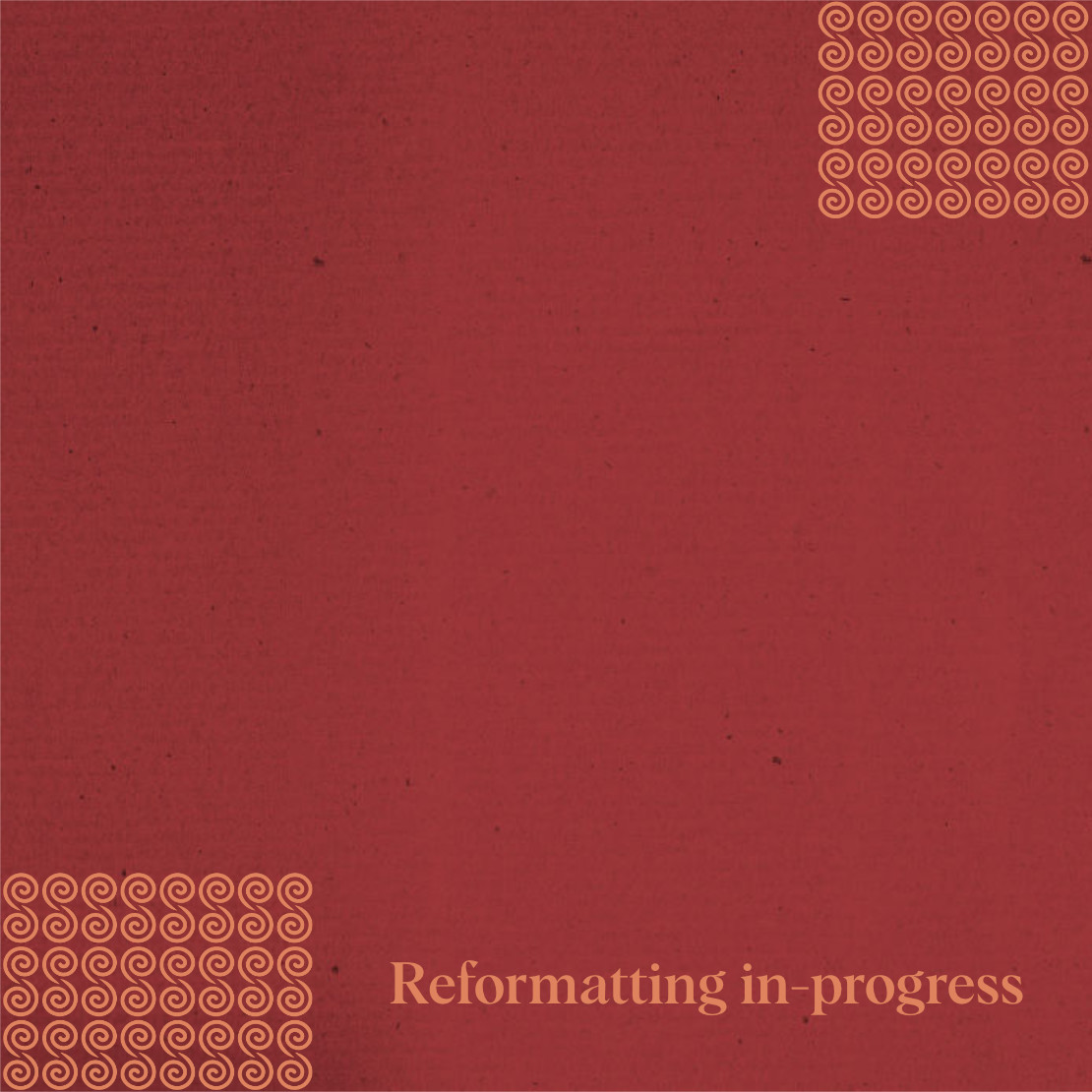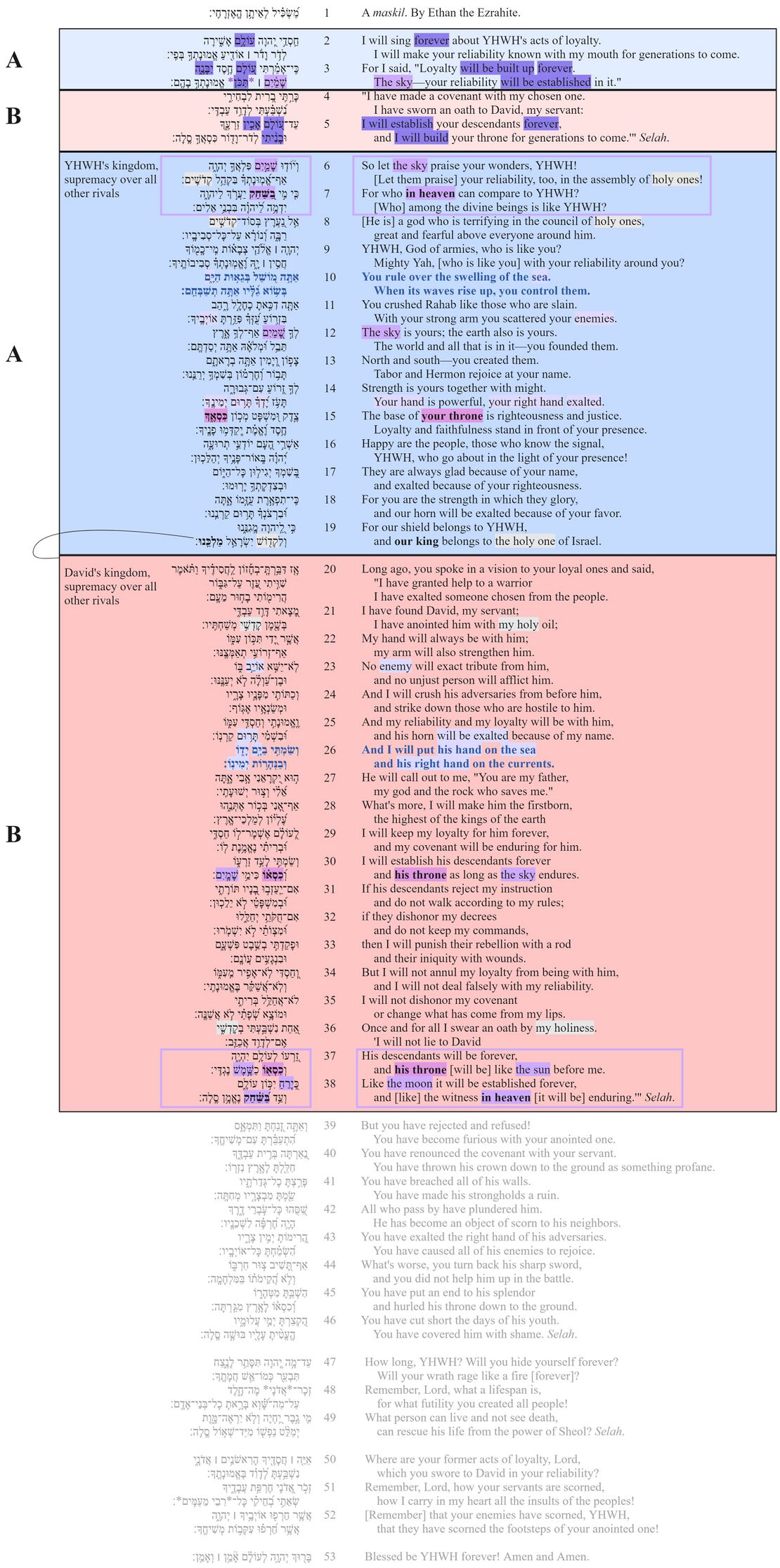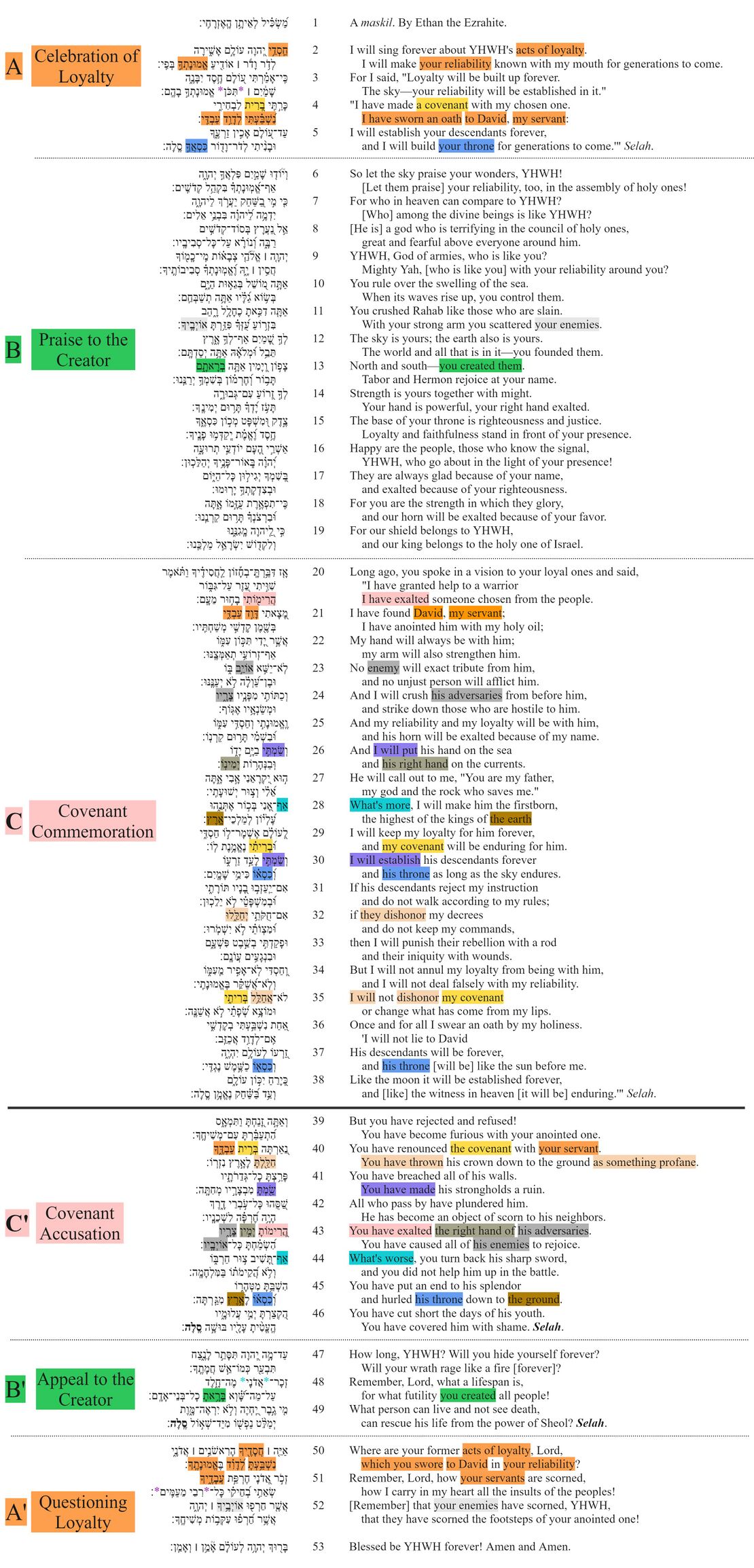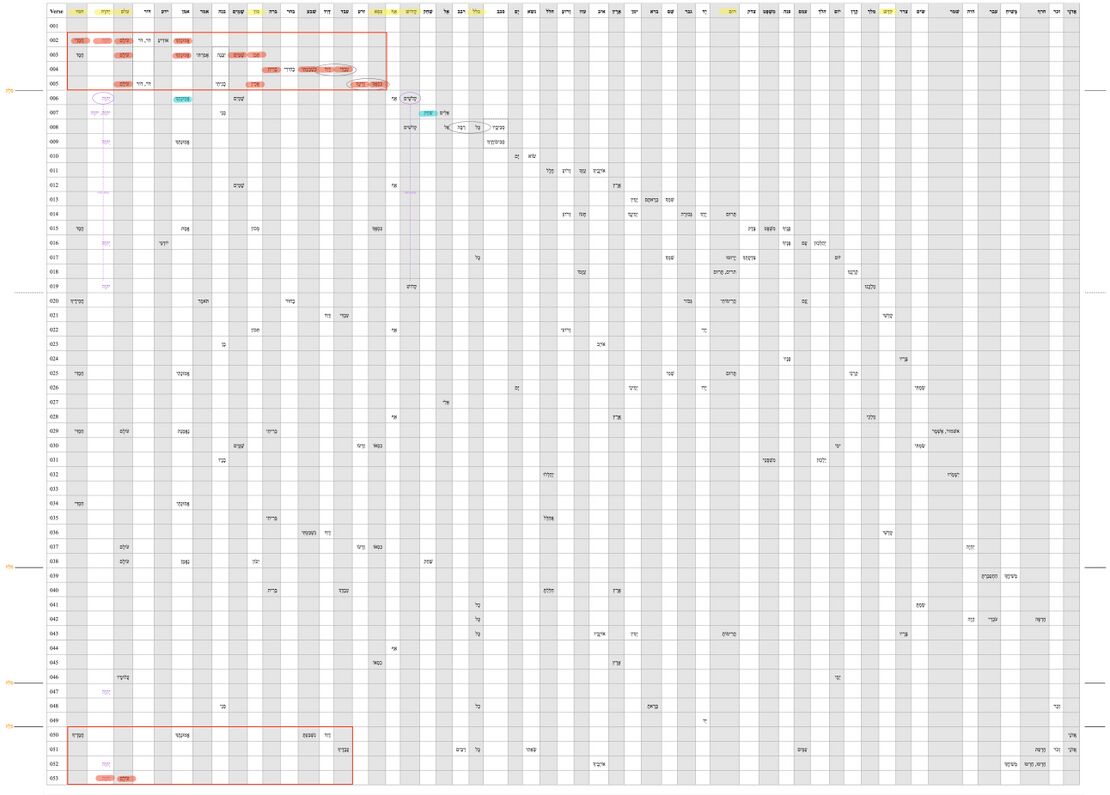Psalm 89 Poetic Features
Poetic Features
In poetic features, we identify and describe the “Top 3 Poetic Features” for each Psalm. Poetic features might include intricate patterns (e.g., chiasms), long range correspondences across the psalm, evocative uses of imagery, sound-plays, allusions to other parts of the Bible, and various other features or combinations of features. For each poetic feature, we describe both the formal aspects of the feature and the poetic effect of the feature. We assume that there is no one-to-one correspondence between a feature’s formal aspects and its effect, and that similar forms might have very different effects depending on their contexts. The effect of a poetic feature is best determined (subjectively) by a thoughtful examination of the feature against the background of the psalm’s overall message and purpose.
Like Father, Like Son
If an emendation or revocalization is preferred, that emendation or revocalization will be marked in the Hebrew text of all the visuals.
| Emendations/Revocalizations legend | |
|---|---|
| *Emended text* | Emended text, text in which the consonants differ from the consonants of the Masoretic text, is indicated by blue asterisks on either side of the emendation. |
| *Revocalized text* | Revocalized text, text in which only the vowels differ from the vowels of the Masoretic text, is indicated by purple asterisks on either side of the revocalization. |
Feature
The first major part of the psalm (vv. 2–38) has an ABAB structure (see Poetic Structure). The first AB section (vv. 2–5) functions as an introduction to the second, longer AB section (vv. 6–38), which functions as the main body of the poem.
The A sections differ significantly from the B sections, even leading some scholars to conclude that they were originally separate poems that an editor has blended together in an alternating ABAB sequence (e.g., Gunkel 1926; Sarna 2000). The "A" sections (vv. 2–3, vv. 6–19) feature the psalmist's voice, giving praise to YHWH, while the "B" sections (vv. 4–5, vv. 20–38) feature YHWH's voice, making a covenant with David.
Despite the differences in speaker and genre, the A and B sections of the psalm are highly integrated.
- The first AB unit (vv. 2–5) is integrated by the repetition of the words "build," "establish," and "forever."
- The second AB unit (vv. 6–38) is integrated by numerous repeated words, themes, and images. Repeated words and roots include, most notably, "sea" (vv. 10, 26), "enemy" (vv. 11, 23), "exalted" (vv. 14, 25), "hand"/"right hand" (vv. 14, 26), "throne" (vv. 15, 30), "holy" (קדשׁ) (vv. 6, 8, 19, 20, 36), and the rare phrase "in heaven" (vv. 7, 38) that frames the entire unit. The most notable repeated image is control over the sea in vv. 10, 26. Thematically, both halves of the second AB section (vv. 6–38) are about kingship and supremacy over rivals.
- Furthermore, the last word of the second A unit is "our king" (v. 19) which anticipates the second B unit (vv. 20ff).
Effect
The poet never explicitly spells out the connection between the A sections and the B sections (though v. 19b comes close to doing so). Instead, he expects his readers to carefully ponder the connections across the disparate parts. He has skillfully put the A and B sections together, and it is the reader's job to figure out why.
At least two messages might be drawn from the connections.
The first is that David's kingdom is a reflection and earthly manifestation – perhaps even an incarnation – of YHWH's kingdom. Just as YHWH is supreme among the heavenly beings (vv. 6–8), so David is the "highest of the earthly kings" (v. 28), and just as YHWH controls the sea (a symbol of chaos and enemies) (vv. 10–11), so he puts David's hand on the sea (v. 26). In other words, the royal "son" represents and resembles his heavenly "father" (cf. v. 27). He manifests the supremacy and dominion of his heavenly father in the earthly realm. As long as YHWH, the father, remains supreme and his kingdom endures, the kingdom of his son, David, will endure and remain supreme (cf. Pss 2, 110).
The second, related, message, is that the same power and reliability that uphold creation (A sections) uphold the covenant with David (B sections). Thus, the "sky," which belongs to YHWH (v. 12) and praises YHWH for his power and reliability (v. 6), is a symbol of David's kingdom (vv. 30, 37) and a witness to the Davidic covenant (v. 38). The prophet Jeremiah draws a similar connection (maybe based on this psalm!): "If you can break my covenant with the day and my covenant with the night, so that day and night will not come at their appointed time, then also my covenant with David my servant may be broken, so that he shall not have a son to reign on his throne" (Jer 33:20–21, ESV).
"You Spoke in a Vision"
If an emendation or revocalization is preferred, that emendation or revocalization will be marked in the Hebrew text of all the visuals.
| Emendations/Revocalizations legend | |
|---|---|
| *Emended text* | Emended text, text in which the consonants differ from the consonants of the Masoretic text, is indicated by blue asterisks on either side of the emendation. |
| *Revocalized text* | Revocalized text, text in which only the vowels differ from the vowels of the Masoretic text, is indicated by purple asterisks on either side of the revocalization. |
Feature
Some of the most repeated words in Psalm 89 include "loyalty" (חֶסֶד), "establish" (כון), "throne" (כִסֵּא), "descendants" (זֶרַע), and "forever" (עוֹלָם). Other repeated words and phrases include "David, my servant" (דָוִד עַבְדִּי), "enduring" (נֶאֱמָן), and "build" (בנה). All of these repeated elements feature prominently in 2 Samuel 7, the primary passage that recounts YHWH's promises to David, revealed in a vision through Nathan the prophet (see also 1 Chr 17).[1]
In addition to these connections at the level of the word, Psalm 89 also echoes 2 Samuel 7 at the level of its discourse structure. In 2 Samuel 7, there is a report of a vision (vv. 4–17), a response of praise (vv. 18–24), and a prayer for YHWH to keep his promises (vv. 25–29). Similarly, Psalm 89 consists of a vision report (vv. 4–5, 20–38), a hymn of praise (vv. 2–3, 6–19), and a plea for YHWH to keep his promises (vv. 39–53). Furthermore, each of these parts within the psalm follows the thematic flow of the corresponding parts in 2 Samuel 7. The vision report in both Psalm 89 and 2 Samuel 7 consists of a historical background, promises of victory over enemies, and promises of an unending kingdom. The praise section in both passages begins by celebrating YHWH's uniqueness and ends by celebrating the uniqueness of YHWH's people. Thus, Psalm 89 not only reflects 2 Samuel 7 in terms of its theme and vocabulary, but also in terms of its structure.
At the same time, there are some notable differences between the two passages.[2] Whereas the temple features prominently in 2 Samuel 7, it does not appear in Psalm 89. Furthermore, Psalm 89 emphasizes the covenantal nature of the promises to David, using the language of "covenant" and "oath," whereas such ideas are left implicit in 2 Samuel 7 (cf. 2 Sam 23:5; 2 Chr 13:5; Ps 132:11–12; Isa 55:3; Jer 33:17, 21).
Effect
Psalm 89 is "an exegetical adaptation" of the oracle to Nathan the prophet as narrated in 2 Samuel 7.[3] Therefore, recognizing the oracle in 2 Samuel 7 as the background of Psalm 89 is crucial for truly understanding and appreciating the psalm. To a large extent, recognizing the connections to 2 Samuel unlocks the rationale behind the psalm's structure and choice of key words. The whole poem has grown out of this earlier oracle, as an elaboration on it, a celebration of it, and a direct response to it.
Recognizing the oracle in 2 Samuel 7 as the background to Psalm 89 also helps us to see what is foregrounded in the psalm. For example, whereas Psalm 89 turns down the volume on the temple theme in 2 Samuel 7,[4] it amplifies the covenantal nature of the promises found in that passage. Psalm 89 also includes an oath (not explicit in 2 Sam 7, though perhaps implied), as YHWH swears by his holiness to keep the covenant forever (vv. 36–38). The moon, evidence of YHWH's covenant faithfulness over all creation (cf. Gen 8:22; Jer 33:20–21), is invoked as a witness to this oath (cf. 2 Sam 7:4: "on that night"). By foregrounding these elements, the psalm emphasizes the unbreakable nature of the promises, sealed with an oath.
A Poetic Response
If an emendation or revocalization is preferred, that emendation or revocalization will be marked in the Hebrew text of all the visuals.
| Emendations/Revocalizations legend | |
|---|---|
| *Emended text* | Emended text, text in which the consonants differ from the consonants of the Masoretic text, is indicated by blue asterisks on either side of the emendation. |
| *Revocalized text* | Revocalized text, text in which only the vowels differ from the vowels of the Masoretic text, is indicated by purple asterisks on either side of the revocalization. |
Feature
The last major section of the psalm (vv. 39–53) was probably written as a poetic response to vv. 1–38, which existed as an independent psalm (see Poetic Structure). This final section is structured in three parts, according to the use of Selah (vv. 46, 49; see Poetic Structure for more poetic structural markers). The first major part of the psalm (vv. 1–38) also consists of three major sections (vv. 1–5; vv. 6–19; vv. 20–38; see Poetic Structure).
There are numerous linguistic and thematic connections between each of the three sections in vv. 39–53 (the response) and each of the three sections in vv. 1–38 (the originally independent poem).
Verses 39–46 (C') have numerous connections to vv. 20–38 (C)[5]
- "covenant with your servant" (v. 40 --> vv. 21, 35)
- "profane" (v. 40 --> vv. 32, 35)
- "you have made" (v. 41 --> vv. 26, 30)
- "you have exalted the right hand of his adversaries" (v. 43 --> vv. 20, 23–24, 26) (the only two occurrences of hiphil הרים in the psalm)
- "What's worse" (v. 44 --> v. 28)
- "throne to the ground (v. 45 –-> vv. 28, 37)
Verses 47–49 (B') have a significant lexical and thematic connection to vv. 6–19 (B).
- "you created" (v. 48 --> v. 13). (The verb ברא is relatively rare, occurring only six times in the Psalter, two of which are in this psalm.)
- appeal to YHWH's identity as creator of all people (vv. 47–49 --> vv. 10–15).
Verses 50–53 (A') have numerous lexical connections to vv. 1–5 (A).
- "acts of loyalty, which you swore to David in your reliability" )" (v. 50 --> vv. 2, 4) (the only two occurrences of חסדים [plural] in the psalm)
- "your servants" (v. 51 --> v. 4)
Effect
Structurally, the repetitions create a chiasm (ABC//C'B'A').
A: Celebration of Loyalty (vv. 1–5) B: Praise to the Creator (vv. 6–19) C: Covenant Commemoration (vv. 20–38) C': Covenant Accusation (vv. 39–46) B': Appeal to the Creator (vv. 47–49) A': Questioning Loyalty (vv. 50–53)
The response (vv. 39–53) thus mirrors the original poem (vv. 1–38).
The lexical and thematic repetitions also give rhetorical force to the psalmist's response in vv. 39–53. The "Covenant Accusation" (C') section (vv. 39–46) is a direct response to the "Covenant Commemoration (C) section, which presents the Davidic covenant (vv. 20–38). The psalmist says, in effect, "You did not do the things you said you would do. In fact, you have done the opposite! The very things you said you would do for David, you have done against him and for his enemies!"
Then, in the "Appeal to the Creator" (B') section (vv. 47–49), the psalmist appeals to YHWH's mercy as creator. The appeal is based on the description in the "Praise to the Creator" (B) section (vv. 6–19). Working backwards through the original psalm, there is reason for hope.
Finally, in the "Questioning Loyalty" (A') section (vv. 50–53), the psalmist appeals to YHWH's oath to David and to his "former acts of loyalty." The appeal is based on the "Celebration of Loyalty" (A) section (vv. 2–5), which affirmed that YHWH's loyalty would continue forever.
Repeated Roots
The repeated roots table is intended to identify the roots which are repeated in the psalm.
| Repeated Roots legend | |
|---|---|
| Divine name | The divine name is indicated by bold purple text. |
| Roots bounding a section | Roots bounding a section, appearing in the first and last verse of a section, are indicated by bold red text. |
| Roots occurring primarily in the first section are indicated in a yellow box. | |
| Roots occurring primarily in the third section are indicated in a blue box. | |
| Roots connected across sections are indicated by a vertical gray line connecting the roots. | |
| Section boundaries are indicated by a horizontal black line across the chart. | |









